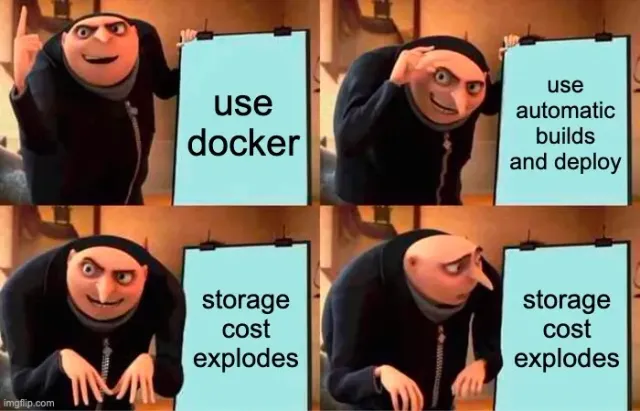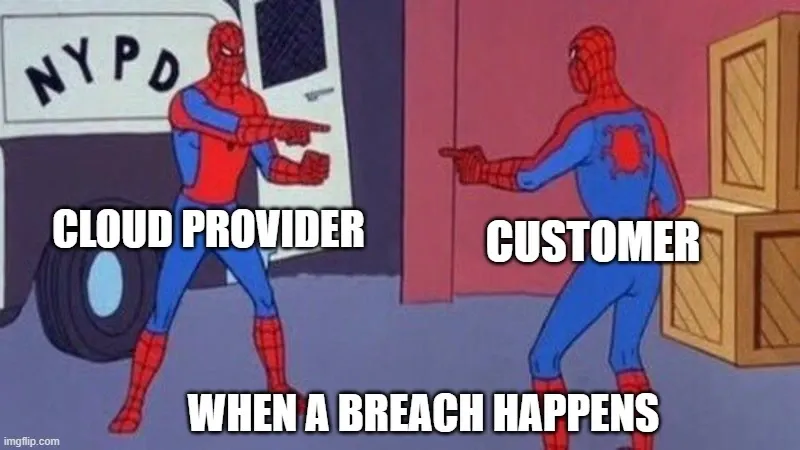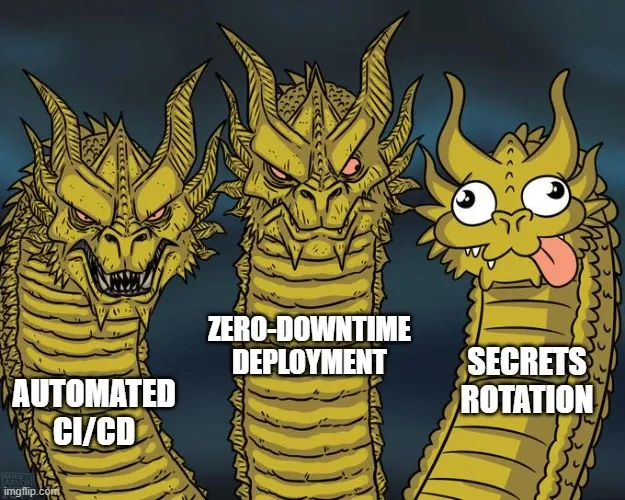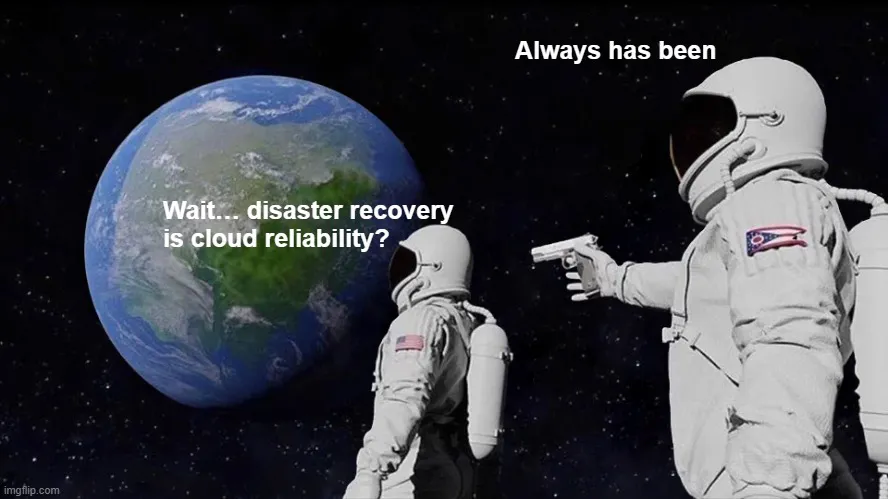Easy automated Container registry management to save on storage costs

When using docker in any meaningful way in production you need to manage your container images. You need to make sure the images are secure and you must prevent keeping too many. Managing container images efficiently is good to prevent nasty cost aspects of cloud. Storage in the cloud is cheap, but not gratis. At ZEN we’ve developed a small and Open Source tool to help you out using The Automated Container Registry Manager.
Consuming valuable storage and inflating costs over time. To address this issue, we developed an Automated Container Registry Manager tailored to combat image bloat directly. With over 500GB of outdated Docker images burdening our resources, manual cleanup was impractical and prone to errors, motivating us to create a reliable automated solution.
Here are three reasons why we think you should start using our Container Registry manager:
Cost Savings
By eliminating unnecessary container images, you'll free up valuable storage space and, subsequently, reduce your cloud infrastructure costs. Our solution allows you to optimise resource allocation, ensuring that you only pay for what you actually use.
Simplicity and Open Source Advantage
Our Automated Container Registry Manager is not just efficient but also user-friendly. With a commitment to simplicity, we've designed an open-source solution that is easy to integrate into your existing workflow. Whether you're a seasoned DevOps engineer or a novice developer, our tool empowers you to regain control over your container registry without a steep learning curve.
Configurability and Idempotency
Customize the tool to fit your unique requirements with ease. Our solution is highly configurable, allowing you to adapt it to your specific needs. Like for example allowing you to exclude certain container directories to be ignored. Or allowing you to configure what count of images should be stored for legacy purposes and historical reference.
Moreover, it's idempotent, meaning you can run it multiple times without unintended side effects. This ensures stability and predictability in your container image management, giving you the confidence to automate without worry.
Conclusion
Embracing an open-source philosophy, we invite you to explore the code, contribute to the community, and customize the solution to fit your unique requirements. This collaborative approach ensures continuous improvement and keeps the tool aligned with industry best practices.
If you find yourself grappling with a container registry overrun by redundant images, our Automated Container Registry Manager is your beacon of hope. It is time to reclaim your digital space and optimize your containerized future!

Make Agile Work for You
We're here to help you seamlessly implement DevOps, SRE, Scrum, LeSS, or Kanban!
Read more:

How to Boost Your Google Cloud Skills: A Practical Growth Guide for Modern Engineers
The cloud is no longer just infrastructure — it’s a core capability for modern engineering teams. Whether you’re a softw...

AI-Assisted Code Reviews: What the Latest Research Reveals About GPT in Pull Request Workflows
At ZEN, we keep a close eye on emerging research that affects how engineering teams build, ship, and maintain software. ...

Lessons from the Cloudflare Outage: Building Resilient Cloud Architectures
On November 18 2025, Cloudflare, a major content-delivery and internet-infrastructure provider handling roughly 1 in 5 w...

Shared Responsibility, Shared Confusion: Who Owns Security in the Cloud?
When companies move to the cloud, they often assume that the provider — whether AWS, Azure, or Google Cloud — takes care...

Secrets Rotation in Production Without Downtime: How to Keep Your Systems Secure and Running Smoothly
Security best practices often tell us to “rotate secrets regularly,” but when your application is running in production,...

Disaster Recovery in the Age of Remote Work
The way we work has changed dramatically. Remote and hybrid models have shifted software development and IT operations f...
